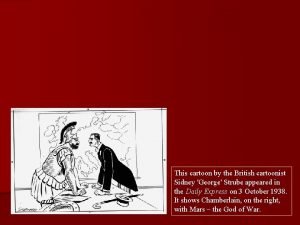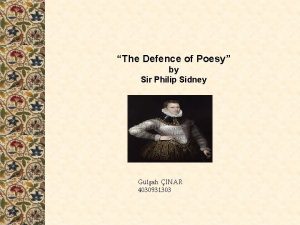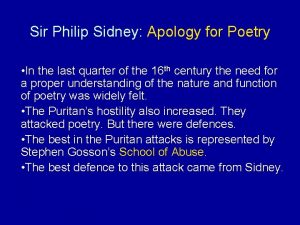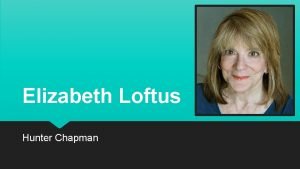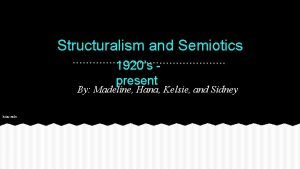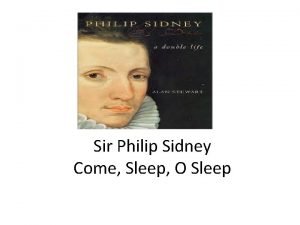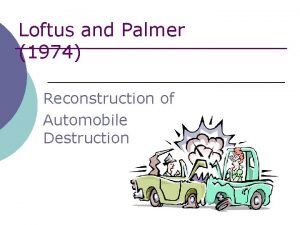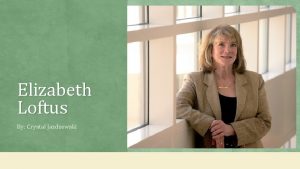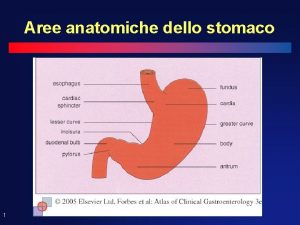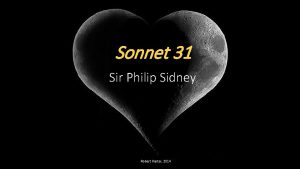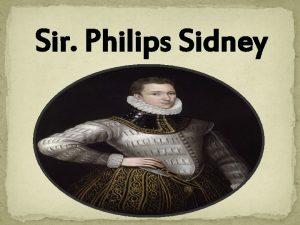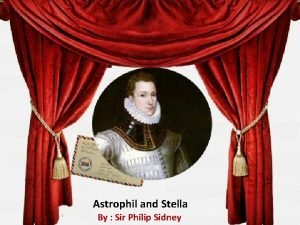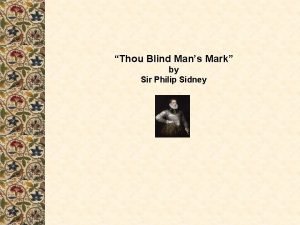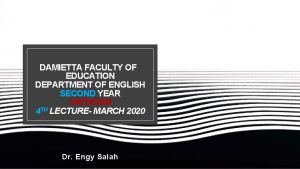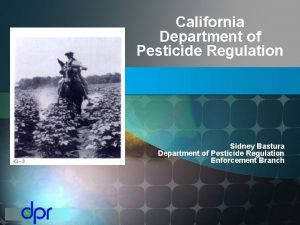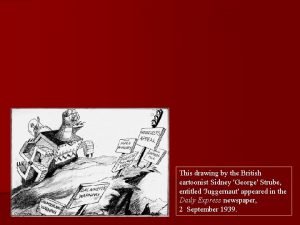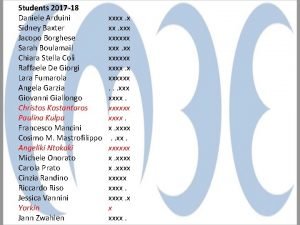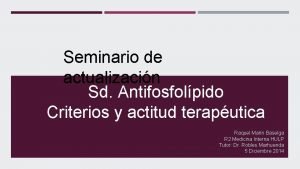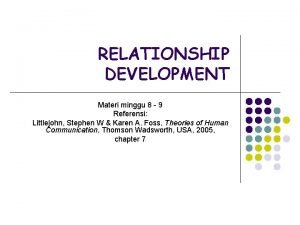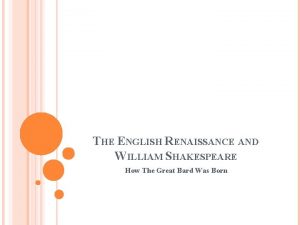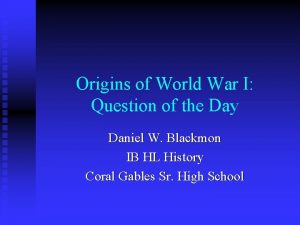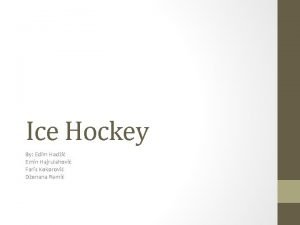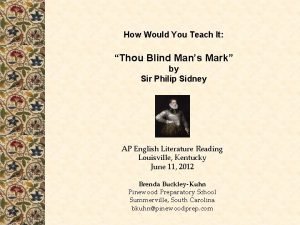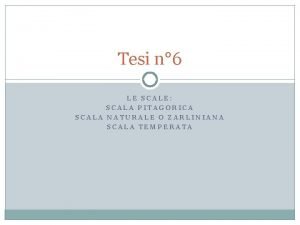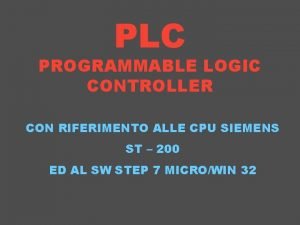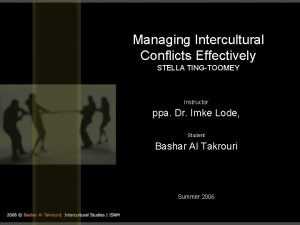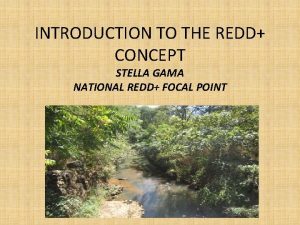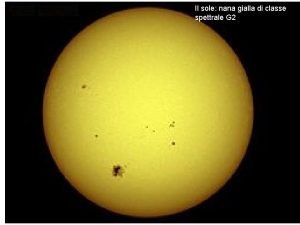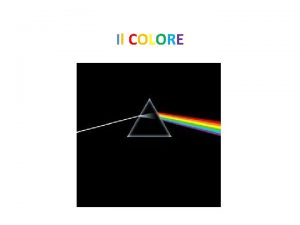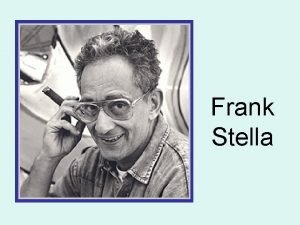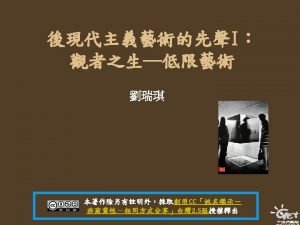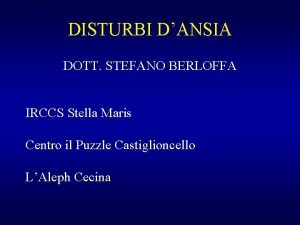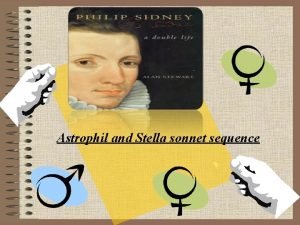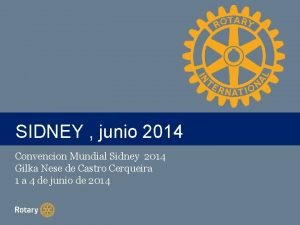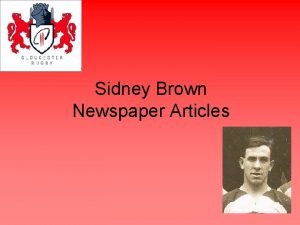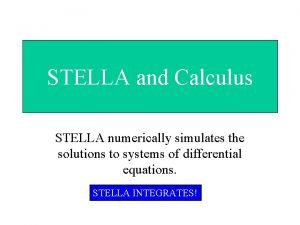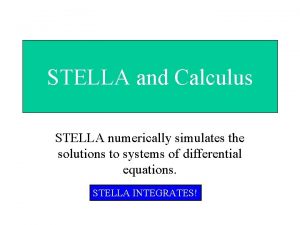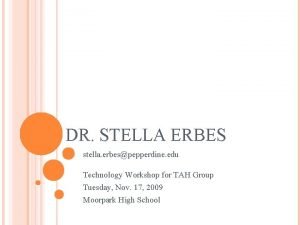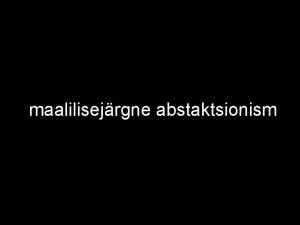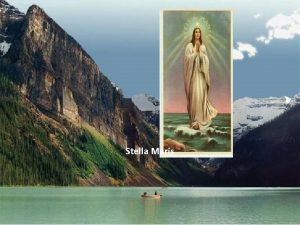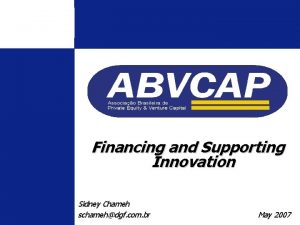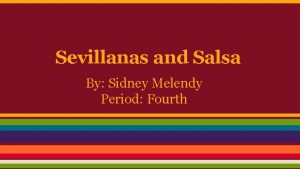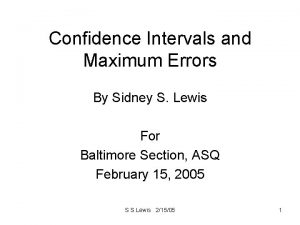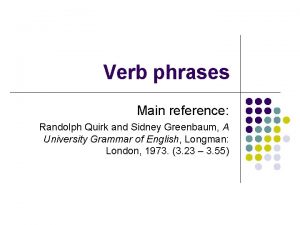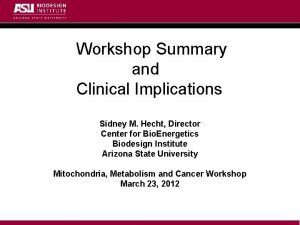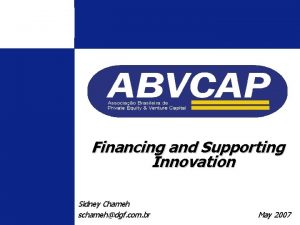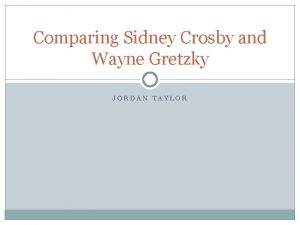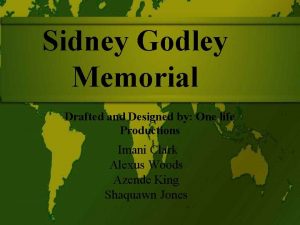Sidney n Astrophil and Stella q n n



































- Slides: 35

Sidney n Astrophil and Stella q n n Penelope Devereux, Lady Rich Sonnet Italian q q Sonnet cycle—first recognizable one in English 108 sonnets and 11 songs n Way of looking at a collection of sonnets rather than a “plot”


Neoplatonism “Divine Beauty” through an “earthly lover” “material world is a path to the spiritual world, rather than an obstacle to or diversion from it” (Murfin and Ray, 292)

Petrarchanism--Neoplatonism n n Petrarch— 14 th c. Italian poet, Francesco Petrarca Sonnet form plus distinctive use of: q q q Imagery Figures of speech Formal style Petrarchan conceit (exaggerated portrait of lady’s beauty and cruelty) Hyperbole Oxymoron

Petrarchanism/Neoplatonism n Sidney engages this poetic tradition, but also questions it

Sonnet form n n n 14 lines rhymed iambic pentameter 2 forms for Sidney/Shakespeare Italian/Petrarchan q Abba abba cdc dee (usually) q n English/Shakespearean n abab cdcd efef gg n Mapping a sonnet

Considering scansion Son 71 (1095 9 th) n Who will in fairest booke of nature know n How virtue may best lodged in beauty be, n Let him but learn of love to read in thee, n Stella, those fair lines which true goodness show. n There shall he find all vices overthrow, n Not by rude force, but sweetest sovereignty

In-class scansion n Try the next two lines

n Of reason, from whose light those night-birds fly, n That inward sun in thine eyes shineth so.

Sonnet 71 n “Give me some food” Playing with the Neoplatonic tradition

Form matters n Why choose a sonnet? n What is the connection between form and meaning?

Sonnet 1(9 th ed. Page 1084 -50 n n n Look in thy heart and write Sonnet is about love, but also about writing and style, about “invention” Some elements to know: alexandrine (iambic hexameter), “fain” (l. 1), childbirth metaphor, How does the poem flow? Does the lady get to speak?

Sonnet 31(page 1090 9 th ed) n n n Personification of the Moon Speaker standing outside the courtly world Opening monosyllables and repetitions

Sonnet 9(page 1086 -7 9 th ed) n n n Petrarchan convention (see also sonnet 6) “Rich” Penelope Rich, an idealized love, Queen Elizabeth?

Shakespeare’s Sonnets n Form: 3 Quatrains/Couplet q abab cdcd efef gg n The sonnet vogue n Shakespeare as icon and the perils of autobio -crit.

Is this a sonnet cycle?

The Figures of the Sonnets n The Young Man n The Rival Poet n The Dark Lady

The Young Man n Who is the Young Man? n What are the implications of autobiographical criticism?

The Young Man n n Many references to time Sonnet 3 (1171, 9 th) Sonnet 19 (1173 9 th) Sonnet 55 (1175 9 th) Sonnet 65 (1176 9 th)

Tomb of Mary and Elizabeth



Poetic form n Sonnet 129 (1183 9 th)

The Dark Lady n Sonnet 130 (p. 1184 9 th) Sonnet 127 (p. 1183, 9 th) Often read in relation to Petrarchan convention n

The Dark Lady n Kim Hall, Things of Darkness





The Defence of Poesy n Three types of poets p. 958/1052 n Vates—Prophets Philosophical Poets “Right” poets—”to teach and delight” n n § (echo of Chaucer’s “sentence and solaas? )

Poetry as imaginative literature n 956/1049 Poet as “maker” (956)

Poetry improves humanity n n n Delivering a golden world (957/1050) Cyrus (957/1050) Erected wit/infected will (957/1050) Poetry draws us to perfection (neoplatonic) (959/1052) Architectonike (960/1053)

Charges Against Poetry n P. 967/1066 n Waste of time Mother of lies Nurse of abuse n n

Sidney’s response n “No learning is so good as that which teacheth and moveth to virtue” (967/1068) n “of all writers under the sun the poet is the least liar” (967/1068)

Neil Gaiman n “telling lies to tell the truth” n What makes the canon?
 Sidney and the hat comic strip
Sidney and the hat comic strip Kinds of poetry according to sidney
Kinds of poetry according to sidney Who considers poetry a mother of lies
Who considers poetry a mother of lies Hila hashemi
Hila hashemi Dr elizabeth hunter
Dr elizabeth hunter Sidney kelsie
Sidney kelsie For sidney sleep is livelier than reality because
For sidney sleep is livelier than reality because Reconstruction of automobile destruction
Reconstruction of automobile destruction Sidney fishman
Sidney fishman Classificazione di sydney delle gastriti
Classificazione di sydney delle gastriti Philip sidney sonnet 31
Philip sidney sonnet 31 Sir philis
Sir philis Sidney loving in truth
Sidney loving in truth Sir philip sidney thou blind man's mark analysis
Sir philip sidney thou blind man's mark analysis Lep sidney
Lep sidney Sidney
Sidney Sidney george strube
Sidney george strube Sidney george strube
Sidney george strube Sidney baxter
Sidney baxter Criterios de sapporo
Criterios de sapporo Syair batik sidney
Syair batik sidney William shakespeare renaissance
William shakespeare renaissance Sidney bradshaw fay thesis
Sidney bradshaw fay thesis Wikipedia sidney crosby
Wikipedia sidney crosby Thou blind man's mark literary devices
Thou blind man's mark literary devices Scala temperata
Scala temperata Stella_phillips
Stella_phillips Autoritenuta schema
Autoritenuta schema Managing intercultural conflict effectively
Managing intercultural conflict effectively Stelllaredd
Stelllaredd Sole nana gialla
Sole nana gialla Disco cromatico
Disco cromatico Frank stella protractor series
Frank stella protractor series Die fahne hoch frank stella
Die fahne hoch frank stella Stella ella ola lyrics
Stella ella ola lyrics Stefano berloffa stella maris
Stefano berloffa stella maris
